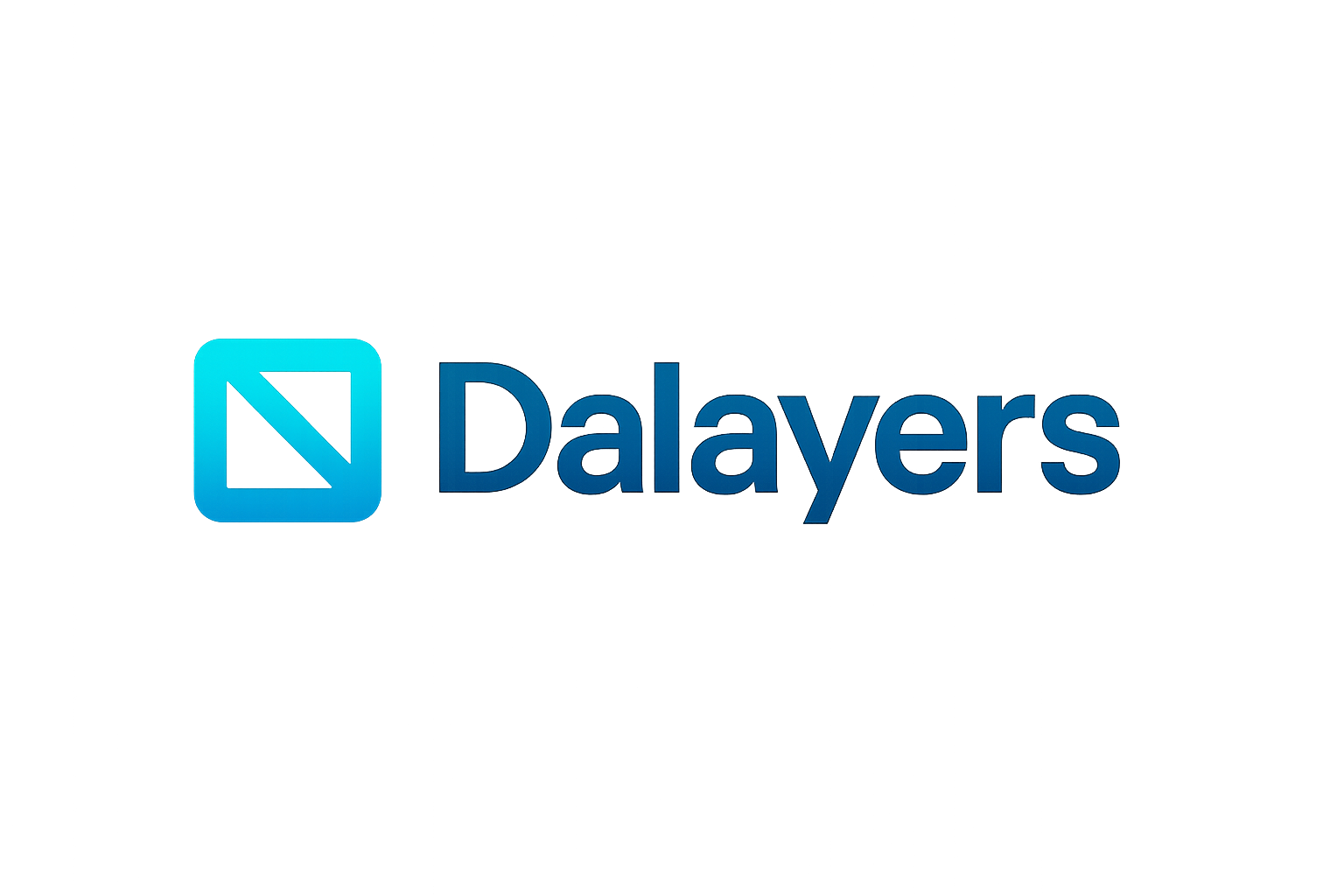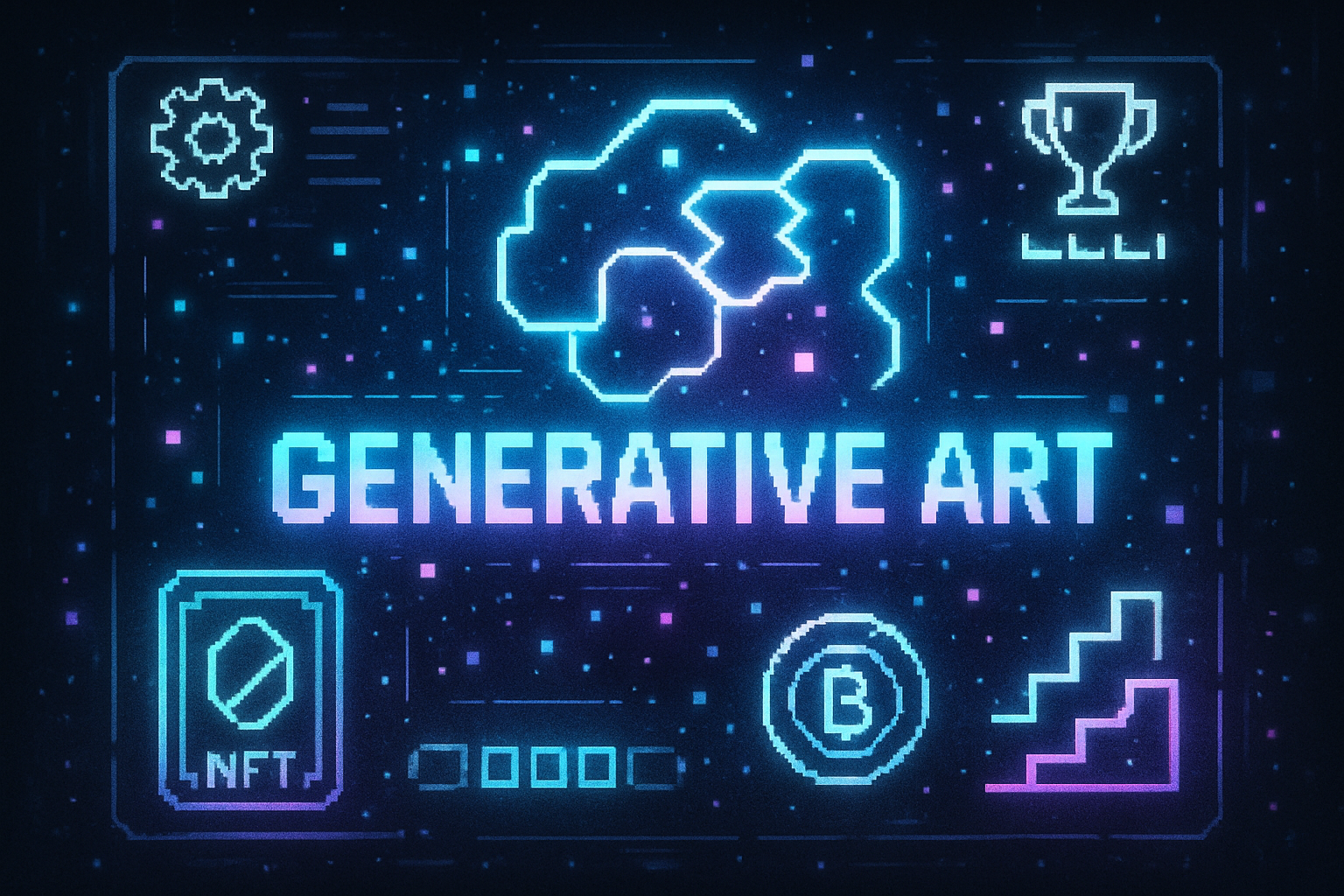
Random Linear Network Coding (RLNC) is rapidly emerging as the secret weapon for data availability in modular blockchain architectures. If you’ve been tracking the latest moves in Web3 infrastructure, you’ve seen RLNC pop up everywhere from technical deep dives to funding headlines. But what makes RLNC such a game changer for scalable DA layers and modular blockchain data propagation? Let’s break down how this innovative approach is reshaping the way blockchains handle data, with a spotlight on projects like Optimum that are pushing the boundaries.
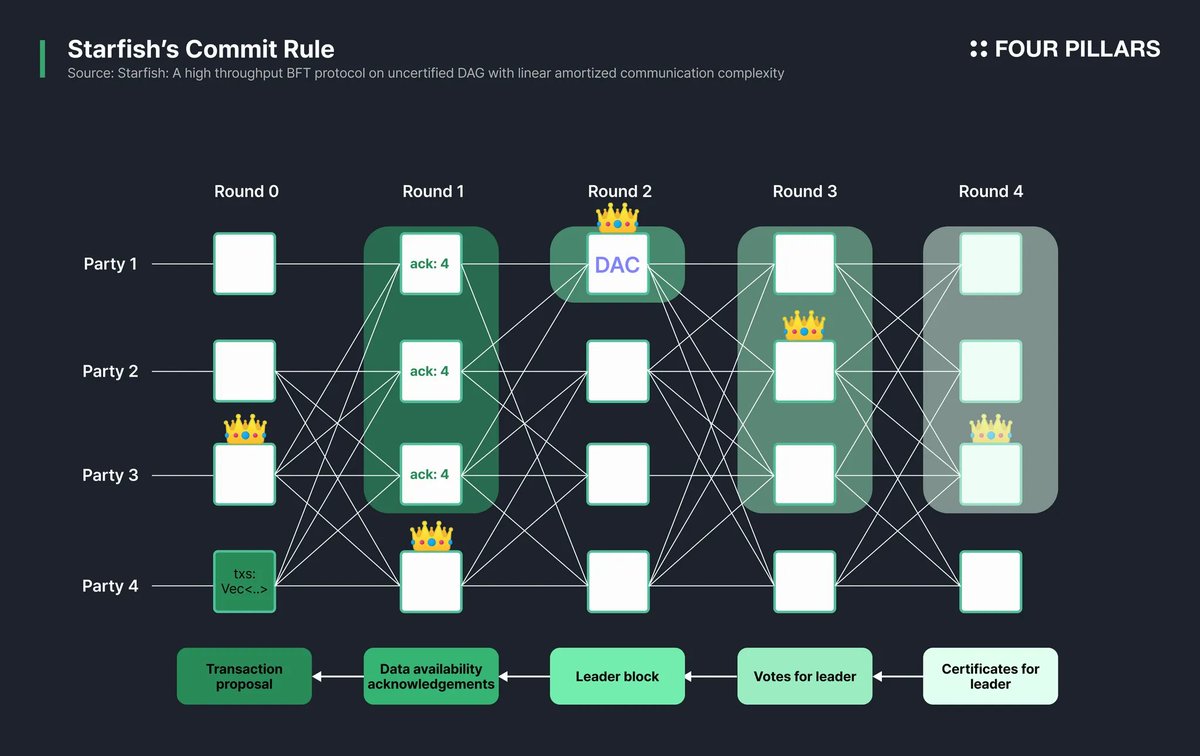
Why Data Availability Is Blockchain’s Bottleneck
At its core, the data availability (DA) problem is simple but devastating: if nodes can’t access all transaction data, they can’t verify blocks or trust the chain’s state. This is especially problematic for light clients, which don’t download every byte but still need to be sure the data exists and is accessible. In traditional monolithic chains, block producers can withhold data, stalling verification and introducing attack vectors. Modular architectures, where execution, consensus, and DA are split into separate layers, promise more flexibility but also raise new challenges for data dissemination and redundancy.
Enter RLNC. Instead of simply chopping data into pieces and distributing them, RLNC encodes data into random linear combinations using advanced linear algebra. The result? Any sufficiently large subset of these coded pieces can reconstruct the original data. This makes data loss, censorship, or withholding attacks dramatically less effective, and it turbocharges network throughput and resilience.
How RLNC Works: A Technical Primer
RLNC is not just another erasure code – it’s a dynamic, network-aware approach to encoding. Here’s what happens under the hood:
Key Advantages of RLNC for Modular Blockchains
-
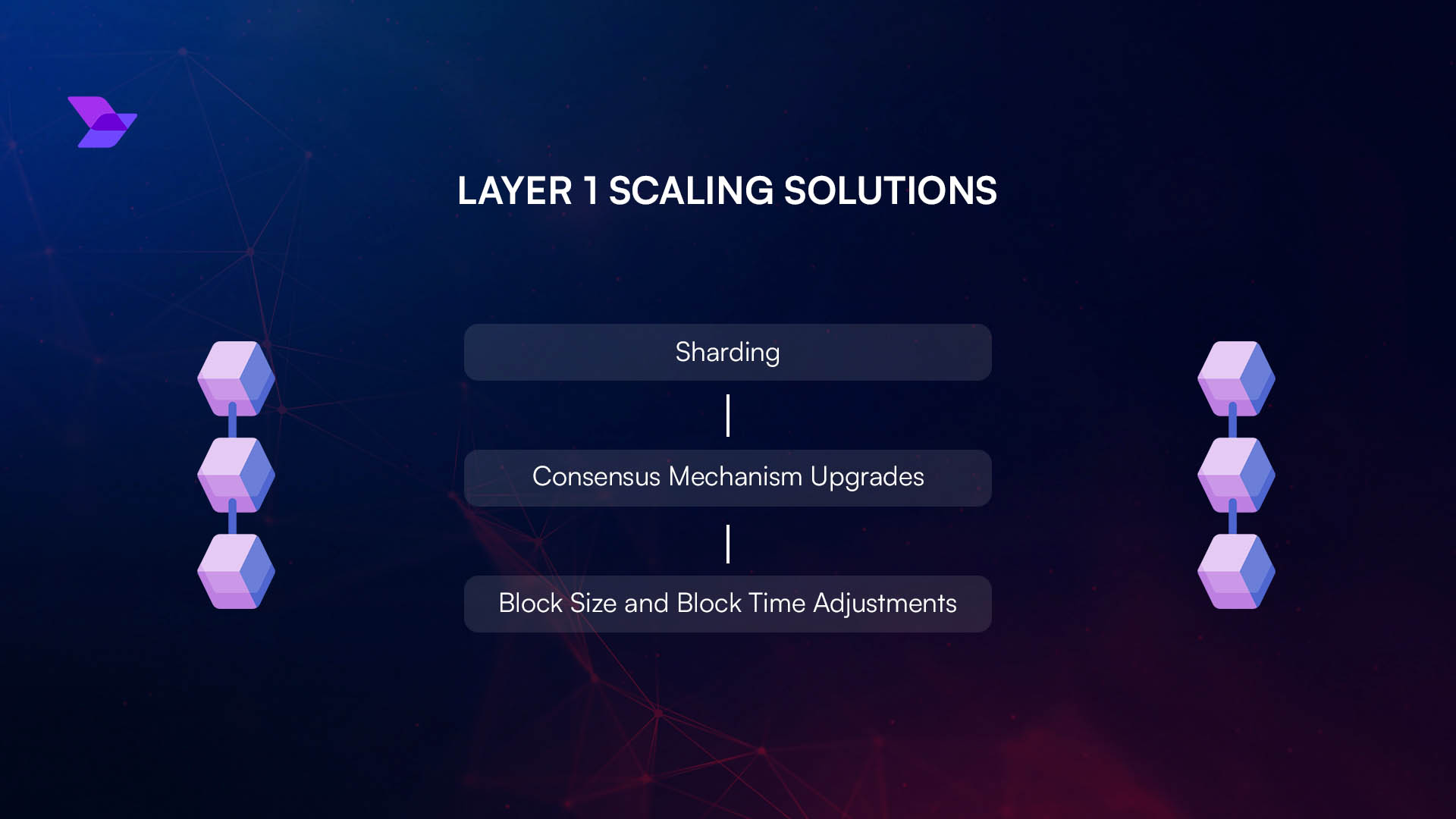
Superior Data Availability: RLNC encodes data into random linear combinations, ensuring that any subset of encoded pieces can reconstruct the original data. This dramatically reduces the risk of data withholding and guarantees that all network participants, including light clients, can access and verify transaction data.
-
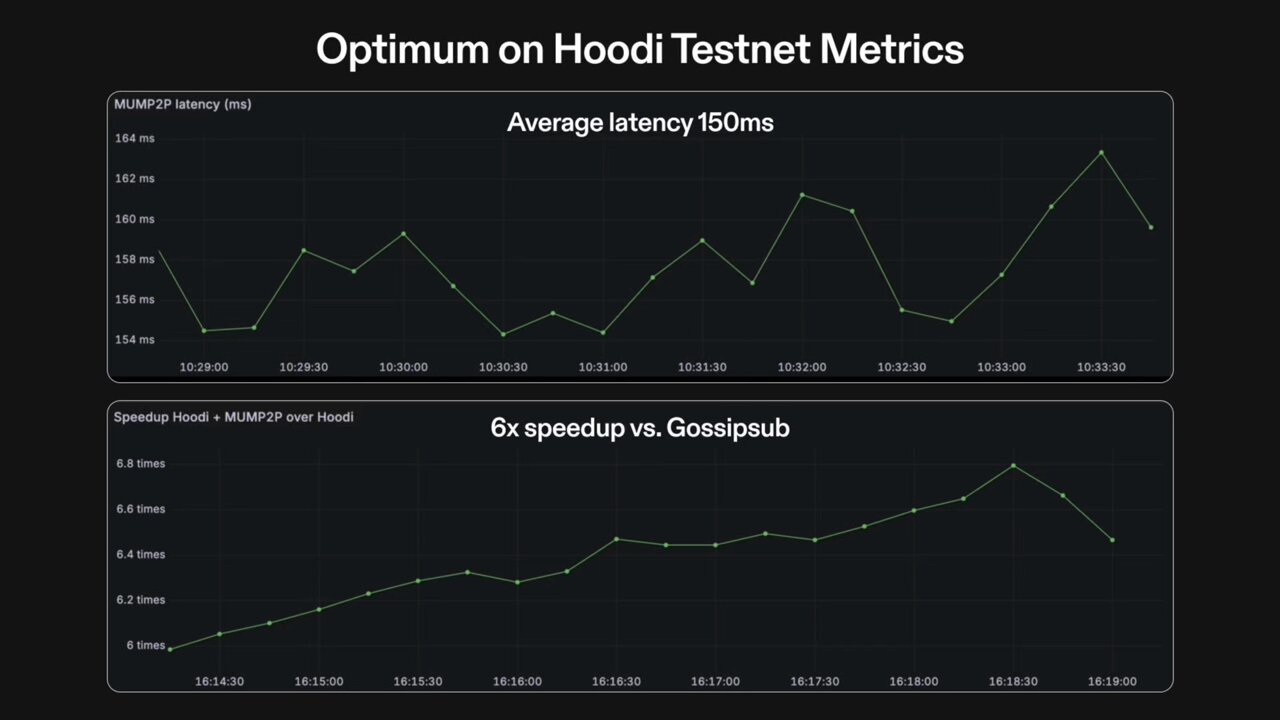
Scalable Throughput and Network Speed: Platforms like Optimum leverage RLNC to scale throughput and network speed by orders of magnitude, supporting high-performance dApps and validators across L1 and L2 chains.
-

Efficient Bandwidth and Storage Utilization: By enabling data propagation with fewer redundant transmissions, RLNC minimizes bandwidth usage and optimizes storage, making it ideal for decentralized memory layers and resource-constrained environments.
-

Resilience Against Data Loss and Network Failures: RLNC’s erasure coding approach ensures robustness even if some data pieces are lost or corrupted, maintaining network reliability and security.
-

Modular Integration for Future-Proofing: RLNC is designed to integrate seamlessly into modular blockchain architectures, supporting evolving consensus, execution, and data availability layers without compromising performance.
Imagine a block of transaction data. RLNC takes this block, splits it into fragments, and then creates coded packets by mixing these fragments together using random coefficients. These coded packets are then broadcast across the network. Any node that collects enough unique packets can reconstruct the block, regardless of which specific packets they receive. This means:
- Faster and more reliable block propagation, even under network churn or censorship
- Reduced bandwidth consumption, since nodes don’t need every packet, just enough unique ones
- Greater storage efficiency and redundancy, as each coded packet is equally useful
For a deeper dive into RLNC’s technical underpinnings and its application to high-throughput blockchain memory layers, check out this research from Presto Labs.
Optimum: RLNC Meets Real-World Blockchain Performance
No discussion of RLNC in blockchain is complete without mentioning Optimum. Founded by MIT’s Muriel Médard and backed by a recent $11 million seed round, Optimum is building the world’s first high-performance memory layer for blockchains, powered entirely by RLNC. Their approach modularizes not just data storage but also data propagation and sampling, enabling L1s and L2s to scale throughput and dapp performance by orders of magnitude (getoptimum. xyz).
This isn’t just theory. In practice, Optimum’s RLNC-powered infrastructure means validators and dapps see:
- Lightning-fast block times, thanks to parallelized data dissemination
- Higher validator APY, as network bottlenecks are eliminated
- Robustness against data withholding attacks, since every coded packet is valuable
- Simplified DA sampling, which reduces computational overhead for light clients
The Broader Impact: Beyond Blockchain?
While RLNC’s impact on modular blockchain data availability is clear, it’s worth noting that this coding technique has already proven itself in fields like 5G video delivery and P2P networking. Its ability to maintain high throughput at scale makes it a natural fit for decentralized systems that need both speed and reliability (MDPI overview of RLNC in mobile networks).
What’s truly disruptive about RLNC is how it transforms the economics and technical landscape of data availability layers. By making every coded packet equally useful, RLNC slashes redundancy overhead and minimizes wasted bandwidth. This means networks can support more validators and dapps without choking on data bottlenecks. For modular blockchains, which thrive on composability and scalability, RLNC isn’t just a performance upgrade, it’s the missing puzzle piece for global adoption.
Let’s zoom in on some real-world numbers and outcomes. Optimum’s RLNC-based memory layer has shown network speed and throughput improvements by orders of magnitude in testnets. Validators report not only higher APY but also a dramatic reduction in orphaned blocks and failed dapp transactions. This isn’t incremental progress, it’s a leap that redefines what’s possible for DA layers in both L1s and L2s.
Why RLNC Is a Game Changer for DA Sampling
Data availability sampling (DAS) is another area where RLNC shines. Traditional DAS methods force light clients to sample random pieces of block data, but if those pieces are withheld or lost, security assumptions crumble. RLNC-coded data removes this weak point: since any subset of coded packets can reconstruct the original, sampling becomes dramatically more reliable and efficient. This not only strengthens trustless validation but also unlocks new designs for ultra-lightweight clients, critical for mass adoption.
For developers, this means you can build dapps and protocols that don’t have to compromise between speed, security, and decentralization. For researchers and infrastructure builders, RLNC opens up new frontiers in protocol design, think adaptive DA sampling, cross-chain memory layers, or even entirely new consensus models that leverage coded data flows.
Looking Ahead: The Future of Modular Blockchain Data Propagation
The momentum behind RLNC isn’t slowing down. With projects like Optimum blazing the trail and institutional capital pouring into memory layer innovation, expect to see RLNC-powered DA solutions become the norm for next-gen blockchains. The ability to scale throughput without sacrificing security or decentralization is no longer just a whitepaper fantasy, it’s being deployed in live networks today.
Practical Ways Developers Can Use RLNC in Modular Blockchains
-
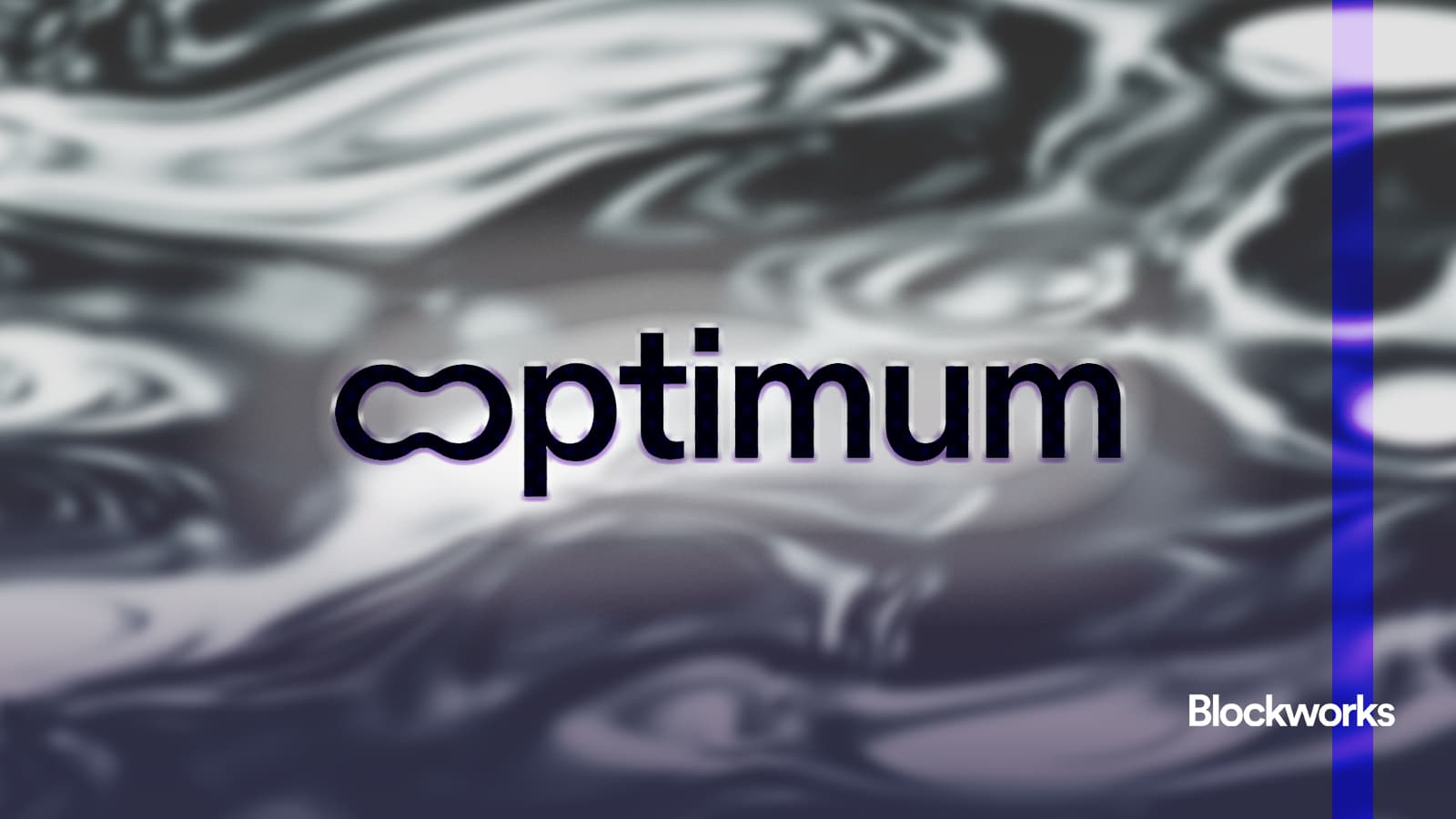
Integrate Optimum for High-Performance Data Availability: Leverage Optimum’s RLNC-powered memory layer to boost data propagation, reduce latency, and enhance dApp performance across L1 and L2 blockchains.
-
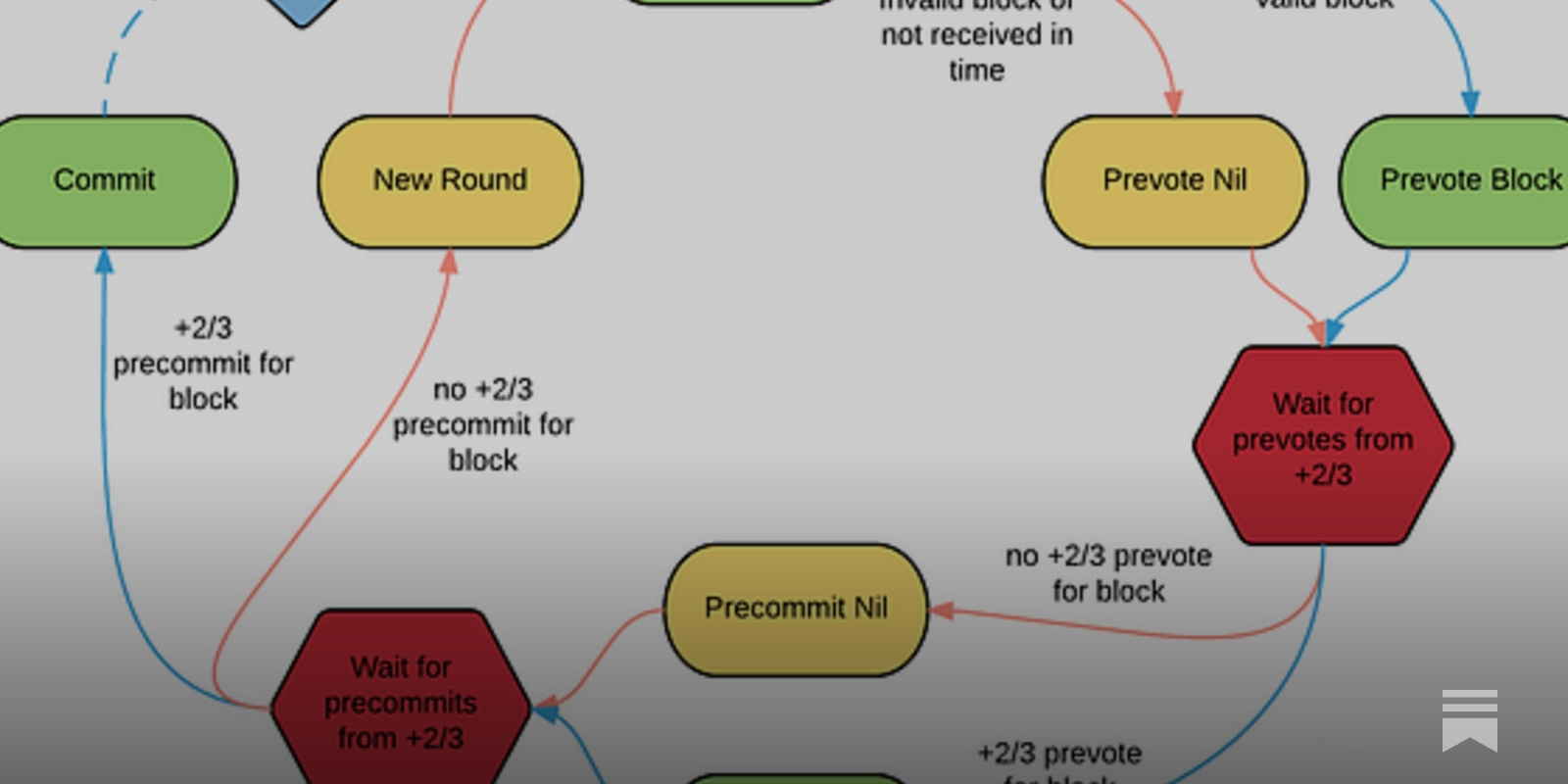
Implement RLNC-Based Data Availability Sampling (DAS): Use RLNC to modularize the coding and commitment process, enabling efficient DAS and ensuring light clients can reliably verify data without downloading entire blocks.
-
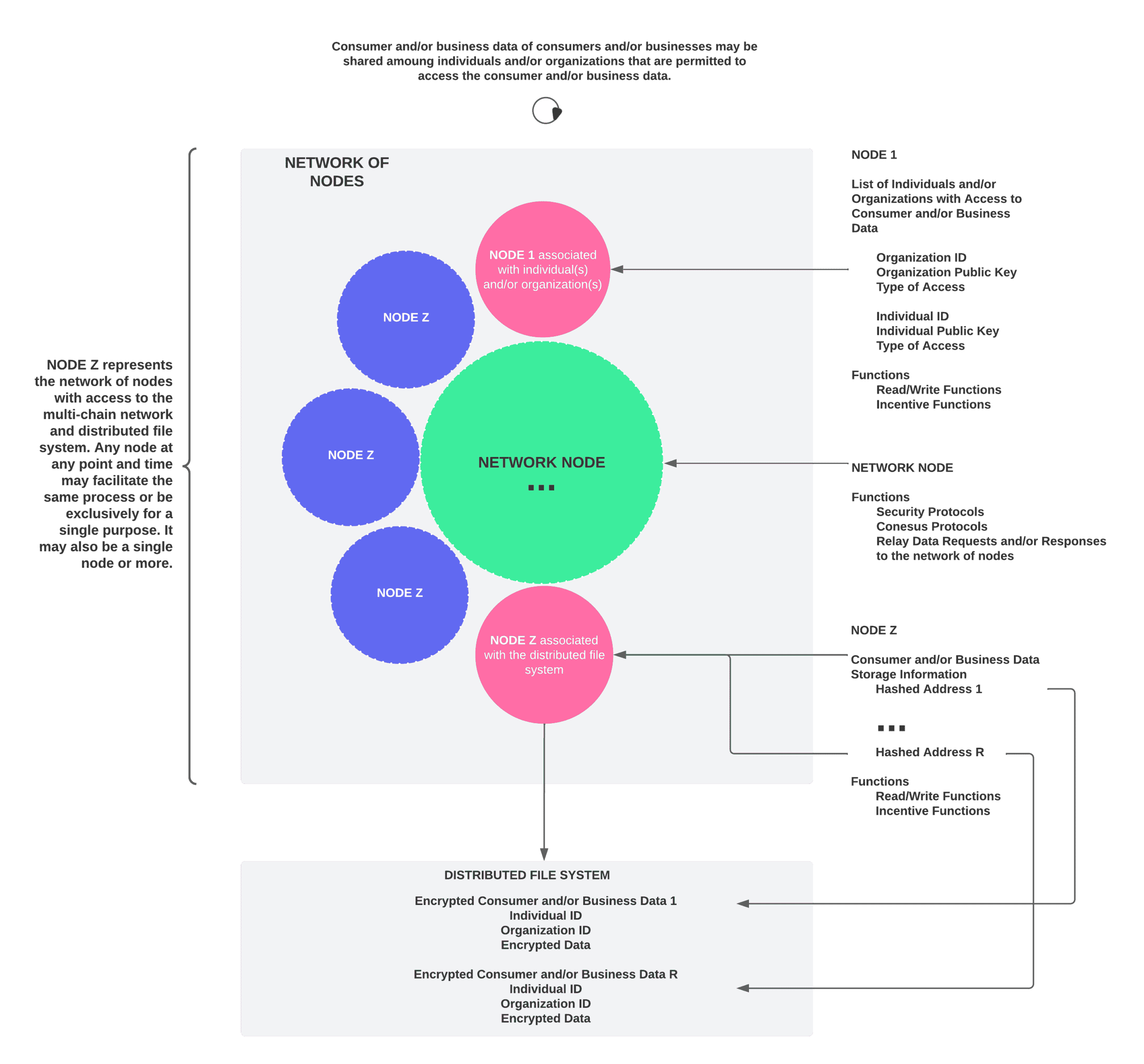
Enhance Validator and Node Efficiency: Apply RLNC encoding to optimize bandwidth usage and storage, allowing validators and nodes to reconstruct original data from partial encoded fragments, improving scalability and network robustness.
-

Adopt RLNC for Reliable P2P Message Broadcasting: Utilize RLNC in peer-to-peer gossip protocols to ensure fast, reliable, and redundant message dissemination, minimizing the risk of data loss during network propagation.
-

Optimize dApp Performance with RLNC-Backed Infrastructure: Build or migrate dApps to infrastructures like Optimum that use RLNC, benefiting from higher throughput, lower latency, and improved resilience against data withholding attacks.
If you’re building in this space or just tracking the modular stack’s evolution, keep a close eye on how RLNC continues to shape the narrative around scalable DA layers. As more teams adopt these techniques, we’ll see a compounding effect: richer dapp ecosystems, lower validator churn, and ultimately blockchains that are ready for real-world scale.
For more technical deep dives or to explore how Optimum is implementing these advances in practice, check out their latest research at Presto Labs or follow the conversation on Optimum’s site.
